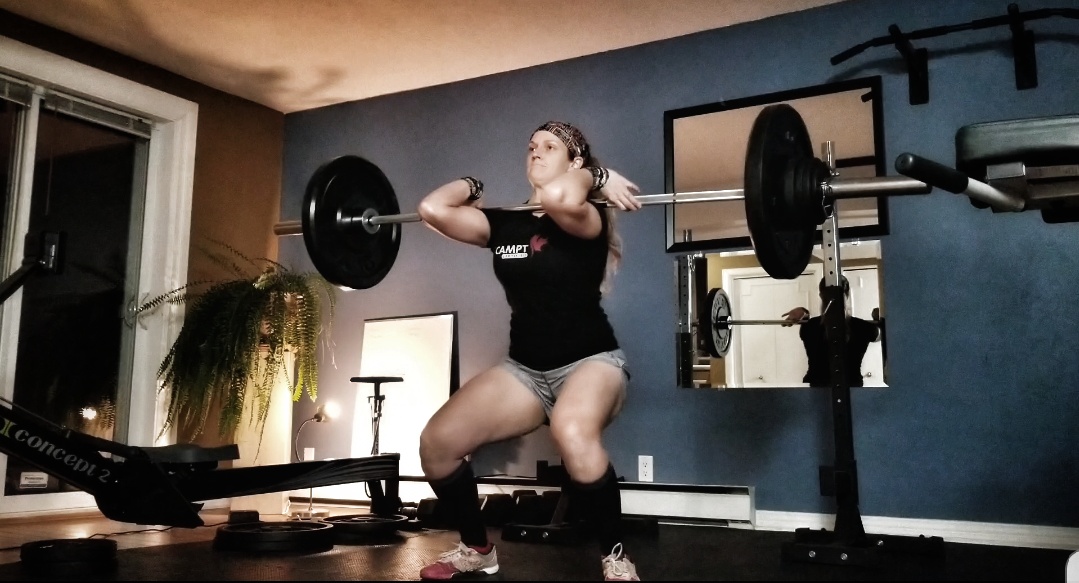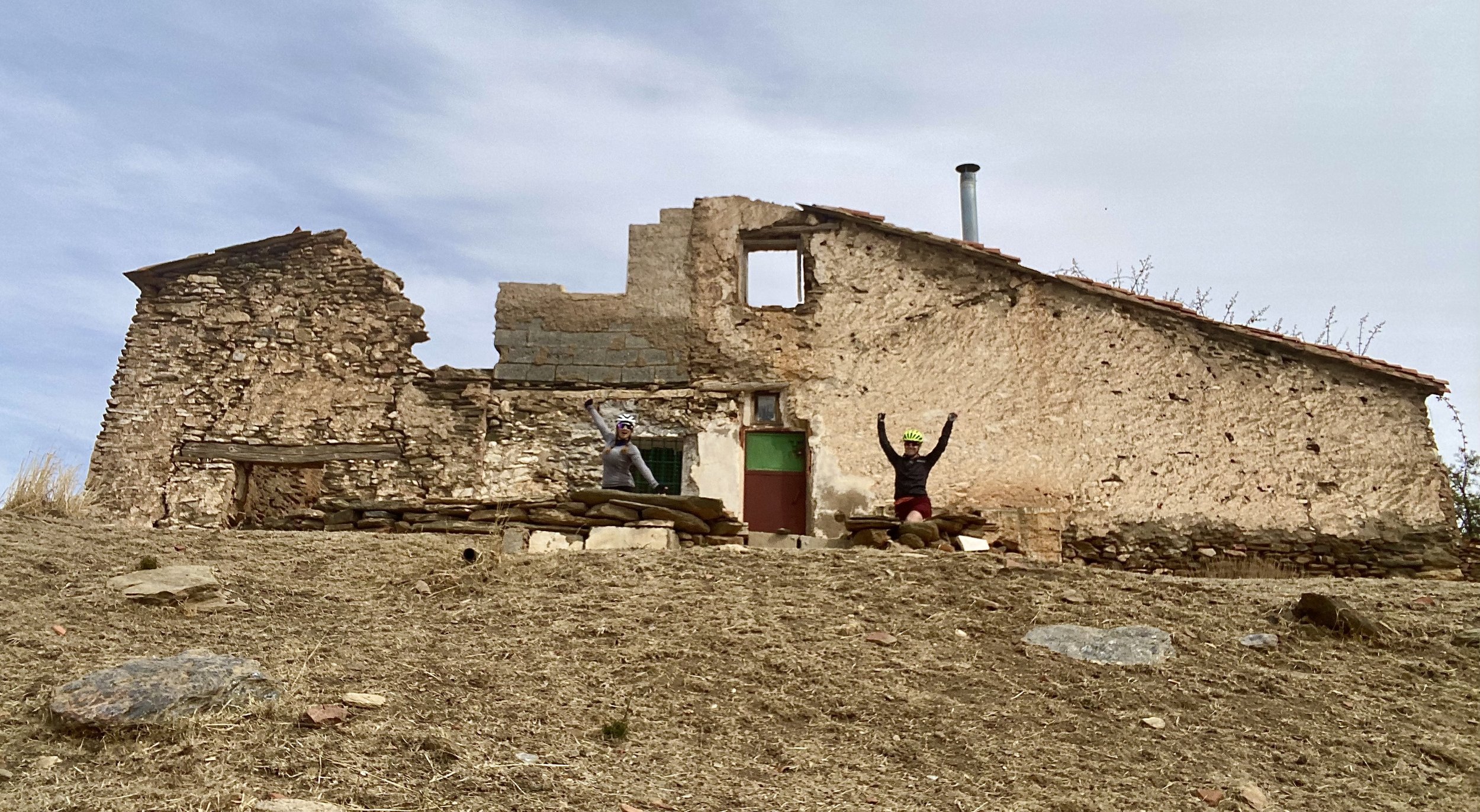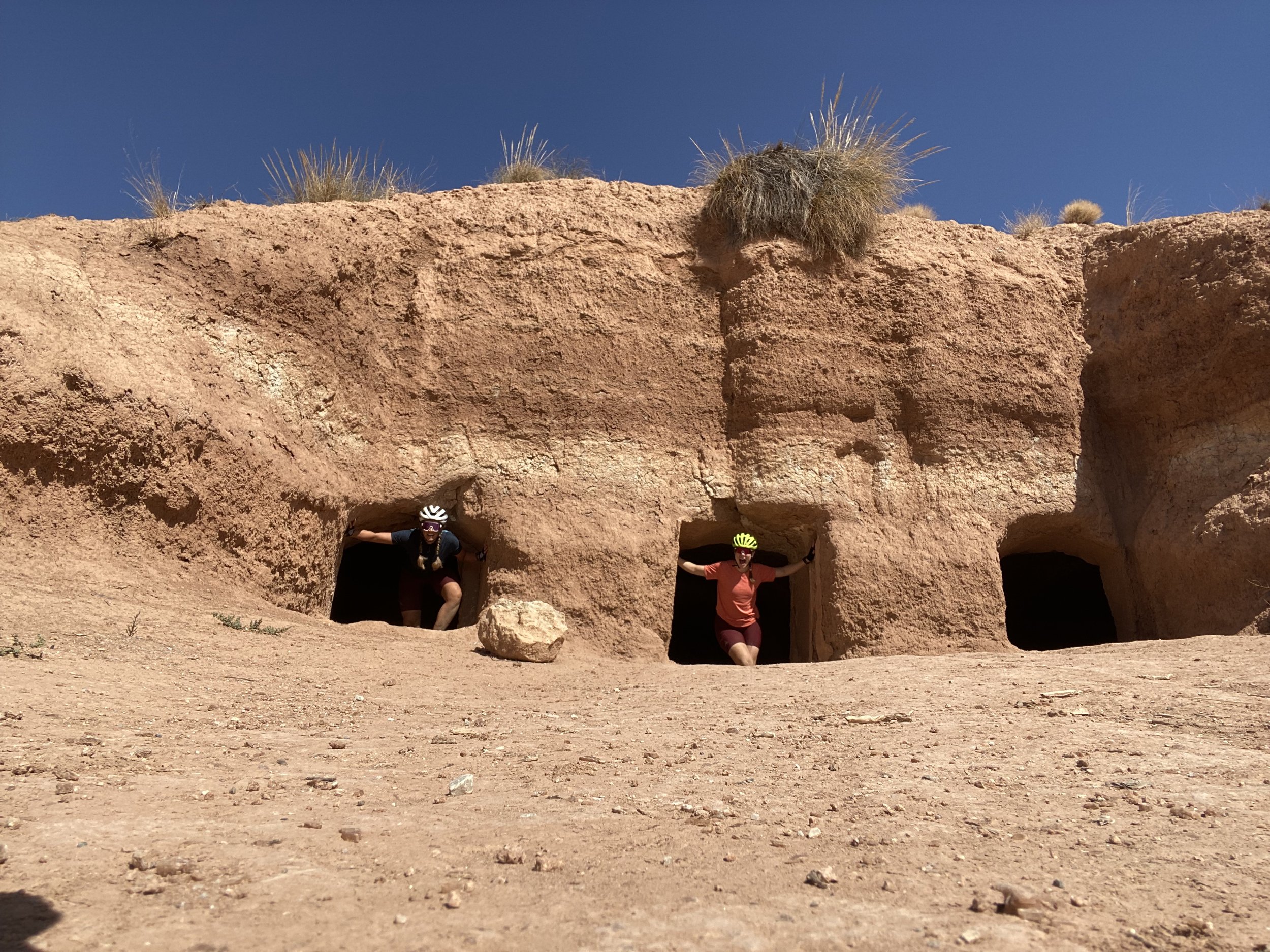Strength and Power Training for Endurance Athletes
Most endurance athletes hate lifting weights. I know, I was that person. I had endless reasons why I would avoid strength training, but my greatest barrier was that I didn’t want to give up an endurance training session for a weight training session. And when I did get around to doing some leg weights, I wasn’t lifting heavy. At that time in my life I didn’t understand how strength training both improves fitness and prevents injury, so you can get more out of your endurance training sessions. Given the recent research on strength training with endurance sports, and what I have learned about injury prevention and rehabilitation, it is something I wish I would have started way back when I started running. In this blog I address the most common reasons why endurance athletes avoid strength training, and provide counter arguments for why they should be.
Top 4 Reasons Endurance Athletes Don’t Strength Train (And Why They Should)
1. It’s boring.
Though I can’t influence what you find entertaining, I can sympathize that most endurance athletes find strength training to be boring. However, often if you dig a little deeper into this argument, these individuals have chosen a boring strength training regime. You have to incorporate proper periodization into strength training. As well, including power training and sports specific conditioning will both increase the benefits of the session and the diversity of the exercises.
Terminology Hack:
Periodization is the natural cycles in your training. Consider for example, a marathon training program. Besides slowly increasing your long runs, you will also complete a sequence of hill repeats, speed work, and various tempo runs, all interspersed with strategically positioned recovery runs and low volume weeks. Your strength training should follow a similar progression, changing weekly in weight, lift types, reps, volume, tempo and speed work. If you routinely lift the same weight for the same exercises with the same set and reps scheme, it is no wonder you are bored!
Power training is where things really get fun. If you are an athlete that has ever used watts to train or measure performance, then it shouldn’t be a stretch to understand that using strength training to increase your power output will benefit performance. This style of training includes traditional power lifting (squat, deadlift and bench press), olympic lifting (clean and jerk, snatch), and various explosive and agility exercises. Personally, I was surprised how satisfying it is to nail a clean, or finish a set of heavy back squats. Don’t let learning these lifts intimidate you. With the growing popularity of CrossFit, it is easy to find coaches familiar with teaching proper technique for power and olympic lifts. And it doesn’t have to be expensive one-on-one coaching either. Most CrossFit gyms have weekly classes dedicated solely to lifting technique, so you can drop in and take a few. CrossFit takes pride in its community culture, and these gyms typically have a very welcoming atmosphere, so I’m confident they will be happy to help you out.
Sports specific conditioning is any single exercise or group of exercises that are formatted to mimic your sport’s specific demands. What these exercises look like and target varies greatly depending on the sport, and are only limited by your imagination. I have seen some really inventive adaptations to challenge all kinds of athletes. Besides the obvious benefit of training to the demands of your sport, making your strength training as sports specific as possible has the extra benefit of mimicking the sport you already enjoy, so you will likely find it fun as well as beneficial.
Taking my own advice.
2. They don’t want to get bulky.
This is a reasonable concern for serious endurance athletes as extra weight is extra load to carry on your race. However, you can actually tailor your strength training to limit or even prevent muscle mass gained from strength training, while still improving your strength and power output. (1,2,3) Want an example? Consider doing 1x20 back squats at 60-65% of your 1 rep max. It’s heavy enough to get the desired strength gains, but not enough reps to ‘bulk.’
Terminology Hack:
Your 1 rep max is the maximum weight you can lift for a single rep for that movement. It’s extremely useful to know when building and progressing personalized strength training programs. However, this is a heavy lift to test, the heaviest really, so I would suggest doing it with a buddy or trainer so you have someone to help or spot you.
3. They don’t have time.
This myth is backed by many reasons, but can usually be broken down to a belief that time spent strength training will not provide as much benefit to sport performance as more endurance training. However, research has consistently shown strength training to improve running economy, time trial results, and race performance.(3,4,5) It does so by improving your body’s load capacity and power output.(6) This means your body can work harder, for longer without hitting a wall. So, if you have time to train three or more days per week, dedicating at least one of those days to strength training is likely to improve your overall fitness, even more so than adding in another endurance workout.
4. They feel running/ cycling is strength training for legs.
Aerobic exercise or endurance training is not strength training, sorry. The exercise your body gets from endurance training does not prepare your muscles for even the base strengthen required for your daily requirements for lifting and moving, never mind the taxing repetitive strain of endruance activity. The highly repetitive nature of endurance activity is wearing on muscles and tendons, easily leading to injury. When this occurs, guess what your rehabilitation will be focused on? Yup, strength exercises. The stronger you are, the more load your body will tolerate. So why wouldn’t you include strength training as part of your regular fitness regimen and help prevent injuries from occuring in the first place?
Do yourself a favour, and include some weekly strength training and power lifting in your training schedule. It will help you push your performance potential and enjoy your favourite activities injury free. And who knows, you may actually enjoy it ;)
References
1. Rønnestad BR1, Hansen EA, Raastad T. Effect of heavy strength training on thigh muscle cross-sectional area, performance determinants, and performance in well-trained cyclists. Eur J Appl Physiol. 2010 Mar;108(5):965-75. doi: 10.1007/s00421-009-1307-z. Epub 2009 Dec 4.
2. Mujika I, Rønnestad BR, Martin DT. Effects of Increased Muscle Strength and Muscle Mass on Endurance-Cycling Performance. Int J Sports Physiol Perform. 2016 Apr;11(3):283-9. doi: 10.1123/IJSPP.2015-0405.
3. Yamamoto LM1, Klau JF, Casa DJ, Kraemer WJ, Armstrong LE, Maresh CM. The effects of resistance training on road cycling performance among highly trained cyclists: a systematic review. J Strength Cond Res. 2010 Feb;24(2):560-6. doi: 10.1519/JSC.0b013e3181c86583.
4. Beattie K1, Kenny IC, Lyons M, Carson BP. The effect of strength training on performance in endurance athletes. Sports Med. 2014 Jun;44(6):845-65. doi: 10.1007/s40279-014-0157-y.
5. Vikmoen O1, Rønnestad BR2, Ellefsen S2, Raastad T3. Heavy strength training improves running and cycling performance following prolonged submaximal work in well-trained female athletes. Physiol Rep. 2017 Mar;5(5). pii: e13149. doi: 10.14814/phy2.13149.
6. Beattie K, Carson BP, Lyons M, Kenny IC. The Effect of Maximal- and Explosive-Strength Training on Performance Indicators in Cyclists. Int J Sports Physiol Perform. 2017 Apr;12(4):470-480. doi: 10.1123/ijspp.2016-0015. Epub 2016 Sep 6.











Destination: Benalua Distance: 97km, elevation gain: 2080meters, surface: 62% unpaved
We woke having to already adjust our intentions for the day. Our first day in the saddle was big, and we were unsure how long it would take to reach our next hotel. Plus we ran out of time the previous night to test ride the bikes and gear for any unseen airline damage. What we intended was an early start, giving us the most possible daylight hours for riding. But what we did was fall asleep having wrongly assumed the combination of jet lag and nervous anticipation would guarantee a restless night and inevitable early morning, so we chose not to set an alarm. That was unfortunate.